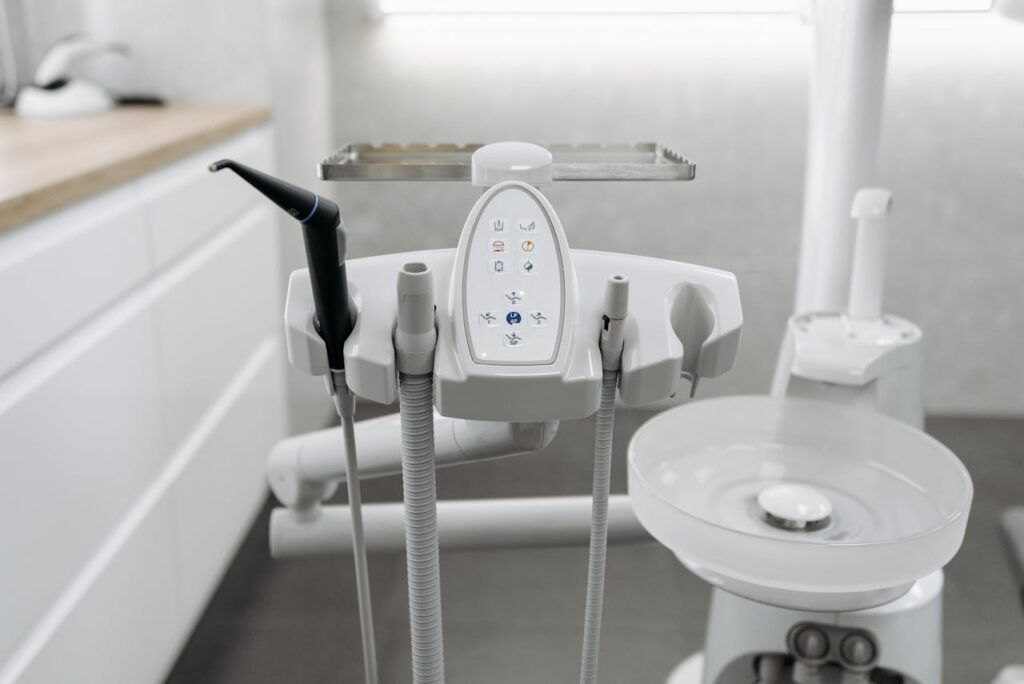Root Canal Treatment NYC
Root canal treatment in NYC addresses the essential need for preserving natural teeth affected by infected or inflamed pulp. This procedure not only alleviates severe pain but also restores the tooth’s functionality, preventing further complications. With cutting-edge dental technology and advanced anesthetics, patients experience precise and more comfortable treatments. Choosing the right dentist is vital for best outcomes. Understanding the procedure and recovery process can greatly impact the healing journey. What are the key steps involved?

Key Takeaways
- Root canal treatment in NYC can save your natural tooth and alleviate pain from infected dental pulp.
- NYC dentists use digital imaging for accurate diagnosis and efficient root canal procedures.
- Modern NYC clinics offer advanced anesthetics to ensure a comfortable and pain-free root canal experience.
- Post-treatment care in NYC includes dietary guidance and oral hygiene tips for optimal recovery.
- NYC practices provide cutting-edge technology for precise and durable custom restorations after root canal treatment.
Understanding the Need for a Root Canal
Why is a root canal necessary? It is essential when the dental pulp becomes infected or inflamed due to various causes of infection, such as deep decay, repeated dental procedures, or a crack in the tooth. These factors allow bacteria to infiltrate the pulp, leading to infection. Symptoms of damage often include severe toothache, prolonged sensitivity to hot or cold, discoloration of the tooth, and swelling in the surrounding gum tissue. If left untreated, the infection can spread, resulting in abscess formation and potential tooth loss. Consequently, a root canal is imperative to remove the infected pulp, alleviate pain, and preserve the tooth structure. This intervention is critical to maintaining oral health and preventing further complications.
The Root Canal Procedure: Step-by-Step
A typical root canal procedure involves several precise steps to secure effective treatment. Initially, the dentist administers local anesthesia for pain management. Once numb, a rubber dam isolates the tooth, maintaining a clean, dry environment. An access hole is drilled into the crown to reach the pulp chamber. The dentist meticulously removes the infected pulp using specialized instruments. This step is essential for preventing further infection.
Following pulp removal, the canals are cleaned, shaped, and disinfected. The dentist then fills and seals the canals with biocompatible material. A temporary or permanent filling is placed to restore tooth integrity. The procedure duration typically ranges from 60 to 90 minutes, depending on tooth complexity and infection severity. Throughout, advanced pain management guarantees patient comfort.
Benefits of Choosing Root Canal Treatment
Opting for root canal treatment offers significant advantages that extend beyond mere pain relief. This procedure is instrumental in tooth preservation, ensuring the integrity and function of the natural tooth remain intact. By removing infected pulp tissue, root canal treatment alleviates discomfort while preventing the spread of infection to adjacent teeth and tissues. The preservation of the natural tooth structure is essential, as it maintains ideal bite force and chewing efficiency, which prosthetic replacements might compromise. Additionally, root canal treatment circumvents the need for tooth extraction, thereby avoiding subsequent procedures like dental implants or bridges. This underscores the dual benefit of immediate pain relief and long-term dental stability, emphasizing the efficacy and practicality of choosing root canal therapy for compromised teeth.
Advances in Dental Technology and Anesthetics
In recent years, how have advancements in dental technology and anesthetics revolutionized the root canal treatment process? The integration of digital dentistry has greatly enhanced diagnostic accuracy and procedural efficiency. High-resolution digital imaging allows for precise mapping of root canal anatomy, reducing treatment time and improving outcomes. In addition, computer-aided design and manufacturing (CAD/CAM) systems facilitate the creation of custom restorations with high precision.
In terms of pain management, modern anesthetics and sedation techniques have dramatically improved patient comfort. Local anesthetics with longer-lasting effects and reduced onset times minimize discomfort during and after the procedure. Additionally, innovations in sedation, such as intravenous and oral options, cater to varying patient anxiety levels, ensuring a more relaxed experience. These technological strides have redefined root canal treatment efficacy and patient care.
Finding the Right Dentist in NYC for Your Root Canal
While technological advancements and improved anesthetics have transformed the root canal experience, choosing the right dentist is paramount to guaranteeing excellent care and outcomes. In NYC, identifying a qualified dentist requires evaluating dentist credentials and examining patient reviews. Credentials such as a Doctor of Dental Surgery (DDS) or Doctor of Medicine in Dentistry (DMD) should be verified through state licensing boards. Additionally, membership in professional associations like the American Association of Endodontists can indicate specialized training in root canal procedures. Patient reviews provide insights into a dentist’s communication skills, office environment, and procedural expertise. Analyzing these reviews on platforms such as Google or Yelp can reveal trends in patient satisfaction. Ultimately, selecting an experienced dentist with proven credentials guarantees superior treatment efficacy.
Tips for Recovery and Aftercare
Successful recovery from a root canal procedure requires careful adherence to a set of well-defined aftercare instructions. Pain management is critical; patients are typically advised to use over-the-counter analgesics such as ibuprofen or acetaminophen, following the specific dosage recommendations provided by their dentist. Swelling can be addressed with ice packs applied to the external cheek in 15-minute intervals. Dietary recommendations include consuming soft foods such as yogurt, applesauce, or soup, which minimize stress on the affected tooth. Patients should avoid hard, crunchy, or sticky foods that may disrupt the healing process. Maintaining oral hygiene is essential; gentle brushing and rinsing with saltwater are recommended to prevent infection. Regular follow-up appointments facilitate proper healing and address any complications promptly.
Visit Us Today
Let OraCare Dental Centre be your partner in lifelong oral health. Whether it’s your first visit or your fiftieth, we’re here to make your dental experience exceptional.
